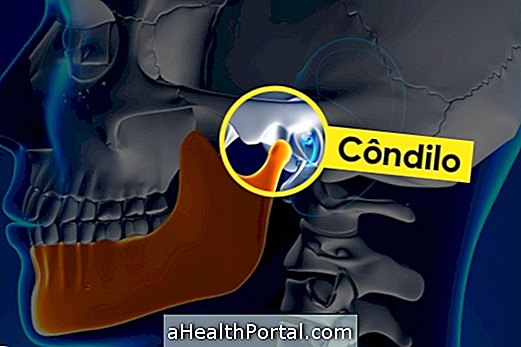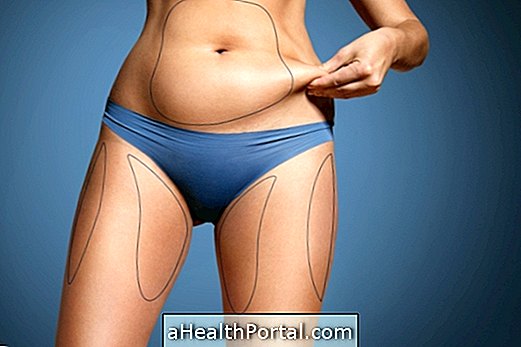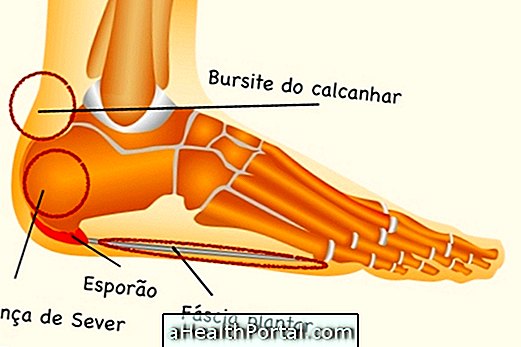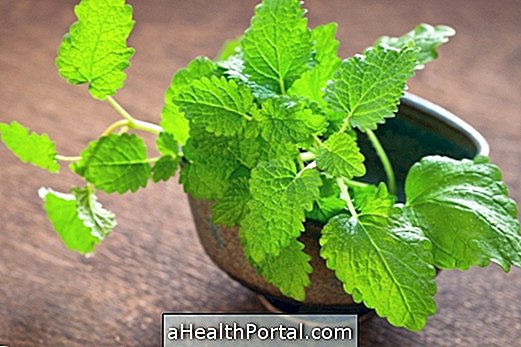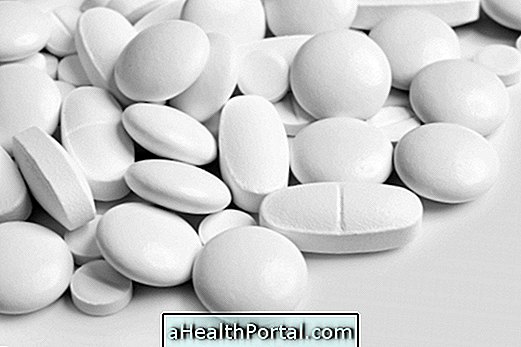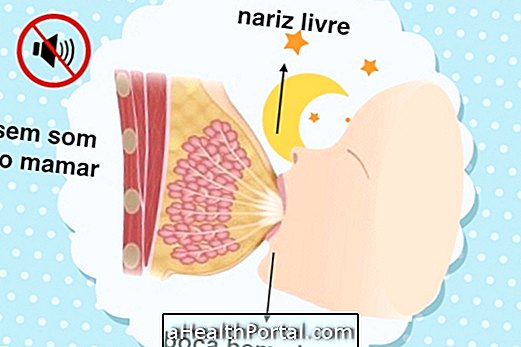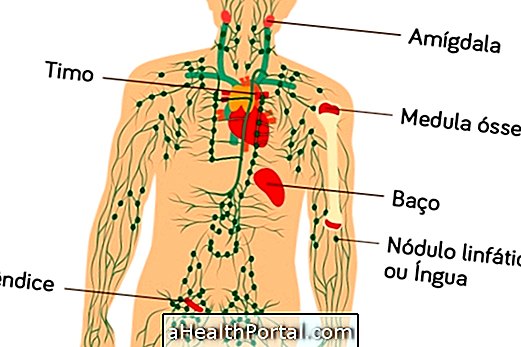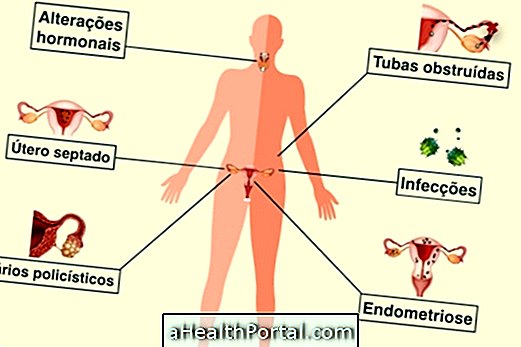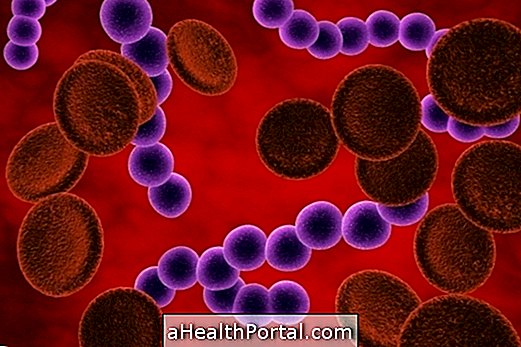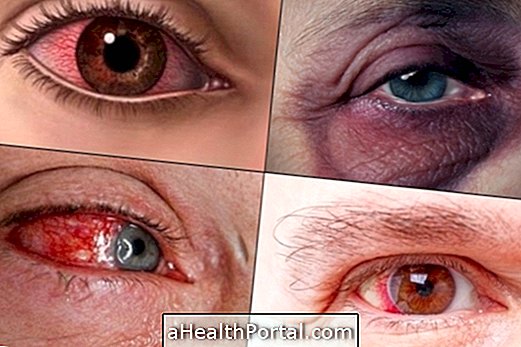Pulpitis is an inflammation of the dental pulp, a tissue with several nerves and blood vessels located inside the teeth.
The main symptom of pulpitis is toothache due to inflammation and infection of the dental pulp, which can be very intense, and which worsens in the presence of stimuli such as chewing or drinking hot or cold drinks and food.
Depending on the degree of inflammation, the pulpitis may be:
- Reversible : when the nerves and vessels, although inflamed, are not destroyed, and can improve with removal of causes and stimuli, such as caries;
- Irreversible : The nerves and vessels of the pulp are necrotic and destroyed by inflammation and infection, therefore, the dental pulp must be completely removed and replaced by a canal filling of the affected tooth.
The diagnosis of the type of pulpitis is done by the dentist through evaluations with temperature or electrical stimuli, therefore, in the presence of toothache, it is necessary to go to a consultation so that confirmation and treatment are made soon and avoid complications, such as dental abscess.

Main causes
Some of the most common causes of pulpitis are:
- Caries: They are the main cause of pulpitis and are characterized by infection by bacteria that destroy the tissues of the tooth, being able to reach even the deepest parts and reach the pulp. Here's how to identify and treat tooth decay;
- Bump in the tooth, due to falls or accidents, for example;
- Bruxism, which is the unconscious act of tightening or grinding the teeth, especially during sleep, which causes a wear and tear on the tooth;
- Incorrect chewing, which causes minor trauma to the jaw and teeth;
- Periodontitis, when it is not treated and becomes advanced to the point of reaching the root of the tooth;
- Chemotherapy or radiotherapy, which can also stimulate lesions in the tissues of the teeth;
- Aggression by chemicals such as acids, or sudden changes in temperature.
These situations provoke the aggression and inflammation of the nerve roots and blood vessels that form the pulp of the tooth, being responsible for the pulpite.
How is the treatment done?
To treat pulpitis, it is important to know the cause and whether it is a reversible or irreversible condition, which is determined by the dentist.
Reversible pulpitis is usually detected in cases of more initial inflammation, and is treated with the removal of the irritant situation. Thus, if it is caused by a caries, for example, the solution may be restoration of the tooth, or, in cases of blows, the holding of resting and use of anti-inflammatory.
In order to treat irreversible pulpitis, a procedure called endodontia, pulpectomy or devitalisation of the tooth is performed, characterized by removal of the pulp from the tooth, and replacement by obturation through a canal treatment. In the latter case, when none of the above alternatives is sufficient, extraction of the tooth, also called extraction, can be performed.
In addition, when the pulpitis is purulent or shows signs of infection, the dentist will advise the use of an antibiotic, such as Amoxicillin or Ampicillin, for example, and may also prescribe medications for pain relief, such as an analgesic or anti-inflammatory. Dipyrone or Ibuprofen.
Home remedy for pulpitis
Some natural tips can be followed at home to help relieve pulpite pain, but without ever replacing the dentist-oriented treatment. A great option is to take mint tea, which has soothing and refreshing properties that will help better control toothache.
Rinse mouthwash with propolis and tea is also recommended as it has inflammatory, analgesic and antiseptic properties. Other options are chewing a clove or making mouthwash with salt and water.
Check out these and other recipes on home remedies for toothache.

Main types of pulpite
Pulpitis is considered acute when the injury occurs in a short time, usually between 2 to 14 days, with sudden and intense symptoms. Inflammation produces secretions, which vary depending on the type:
- Serous pulpitis, with secretion without pus, less severe;
- Pulpitis suppurative or purulent, due to the presence of infection, which causes the accumulation of pus, and causes inflammation and intense symptoms.
Acute pulpitis is usually reversible, but if left untreated, it may become irreversible.
In chronic pulpitis, the inflammation happens slowly, slowly, and with a more prolonged degeneration of the tooth. It can be divided into:
- Chronic ulcerative pulpitis, when the tooth wears to the point of exposing the pulp, which causes bleeding;
- Chronic hyperplastic pulpitis, when the pulp of the tooth proliferates due to inflammation, forming a kind of polyp, and causes a sensation of pressure on the tooth.
- Pulpitis chronic sclerosing, is a degeneration that happens gradually due to age, being common in the elderly.
Chronic pulpitis does not cause as many symptoms as acute, and is often asymptomatic and more difficult to detect. Due to the intense degradation of the tooth pulp, these types of pulp are usually irreversible.
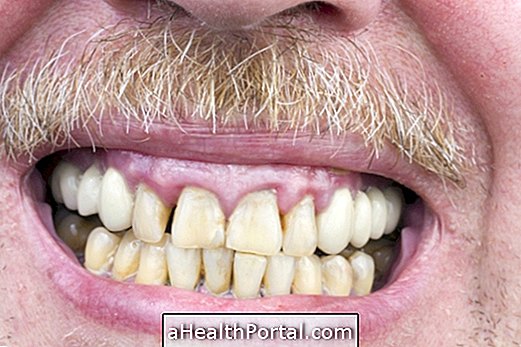

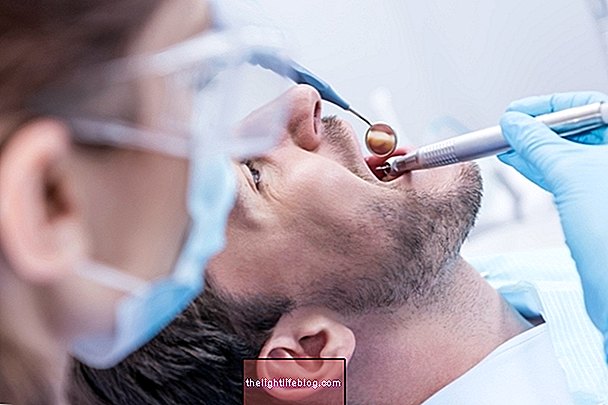
.jpg)

